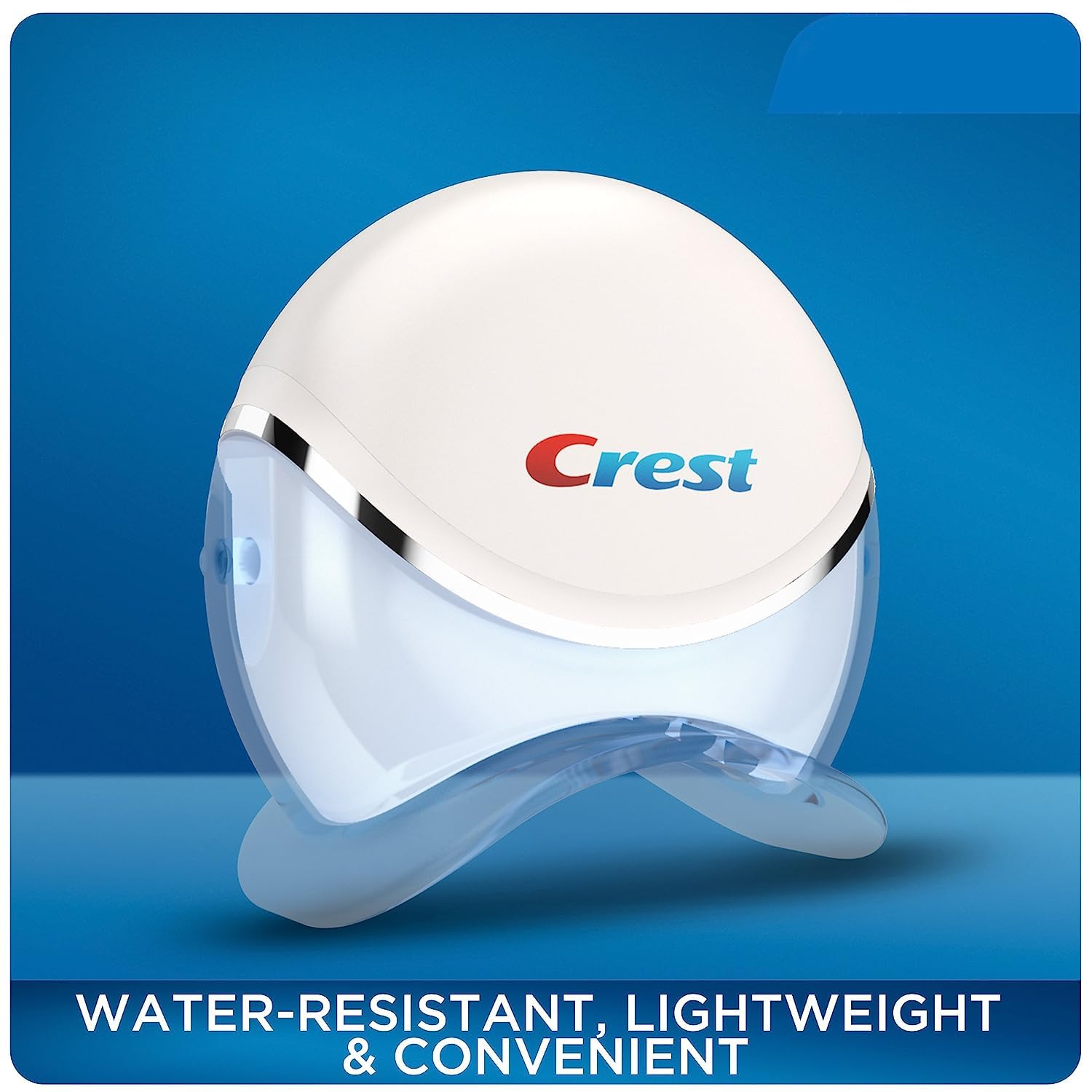How to Pick the Best Medicare Provider for You
If you are 65 or older, Medicare has likely been top of mind for a while. This federal government health insurance program available across the United States lets you be worry-free about your medical expenses to a great extent. Medicare also covers dialysis patients and younger people who receive disability benefits. This insurance program comes under the purview of the Centers for Medicare and Medicaid Services. Let's talk about how to pick the best Medicare provider for you.

Upon joining the program, you'll need to pay part of the expenses through deductibles for hospital visits and other costs. Non-hospital coverage is available on payment of small monthly premiums. It's easy to confuse Medicare with Medicaid. Though the two sound and read similarly, they are two completely different programs. Medicaid is an assistance program available to low-income people of all ages. Medicaid comes under the purview of state and local government and varies with the state.
Types of Medicare Coverage
Medicare is divided into four parts, with each addressing specific services. Part A covers hospital stays, hospice care, skilled nursing facility care, and home health care, while Part B offers coverage for outpatient care, certain doctors’ services, medical supplies, and preventive services.
If you choose Part C, you can enjoy the benefits of both Part A and Part B bundled in one plan. Also known as the Medicare Advantage plan, private insurance companies offer it. Part D covers prescription drugs and includes recommended vaccines and shots. It's important to find the right medicare provider.
How to Decide on Coverage
You can choose the Medicare provider you want based on the cost of premiums, your healthcare needs, and any medication you take. First, decide which coverage you require: Original Medicare or a Medicare Advantage plan. For instance, with Original Medicare, there is no annual limit on out-of-pocket payments. Here, you can simply add a Medigap policy to help pay out-of-pocket costs, including deductibles and co-insurance
Medicare Advantage plans have limits on out-of-pocket expenses that gets reset annually. Upon crossing this threshold, you are not required to pay anything for the covered services for the rest of the year. You will likely need to consult doctors within the insurance provider’s network to claim all the benefits.
Original Medicare and Medicare Advantage cover the services under Part A and B. Some Medicare Advantage plans offer additional dental, vision, and hearing coverage. Most include prescription drug coverage; if needed, you should look for providers that offer this benefit. An alternative is to get Part D separately.
How to Enroll in Medicare
When applying for Social Security benefits, you will automatically apply for Part A coverage. Once approved, you can take advantage of Part A benefits without paying any premiums. You will also be automatically signed up for Part B. Since Part B coverage requires premium payments, you can keep it.
Private insurance companies offer other parts of Medicare, such as Medigap, Medicare Advantage plans, and Part D. Remember that Medicare plans change every year, and if you need to switch providers or enroll, you can do so during the Medicare open enrollment period, which takes place October 15 to December 7. Information on the following year’s plan is typically available from the beginning of October, and doing your research in advance is a good idea. We hope this article helps assit you in finding the best Medicare provider for you.
More Articles on Health and Wellness
- 8 Treadmill Mistakes You Should Stop Now
- Home Care vs. Nursing Home – How to Make a Decision
- Relaxing Self-Care Ideas to Help You Destress
- Support Your Health for Winter
- Take Time This Holiday Season To Maintain Your Heartburn & Digestive Health!
- 10 Workout Tips For Winter
- Women’s Nutrition: 4 Vitamins and Minerals You May Lack





